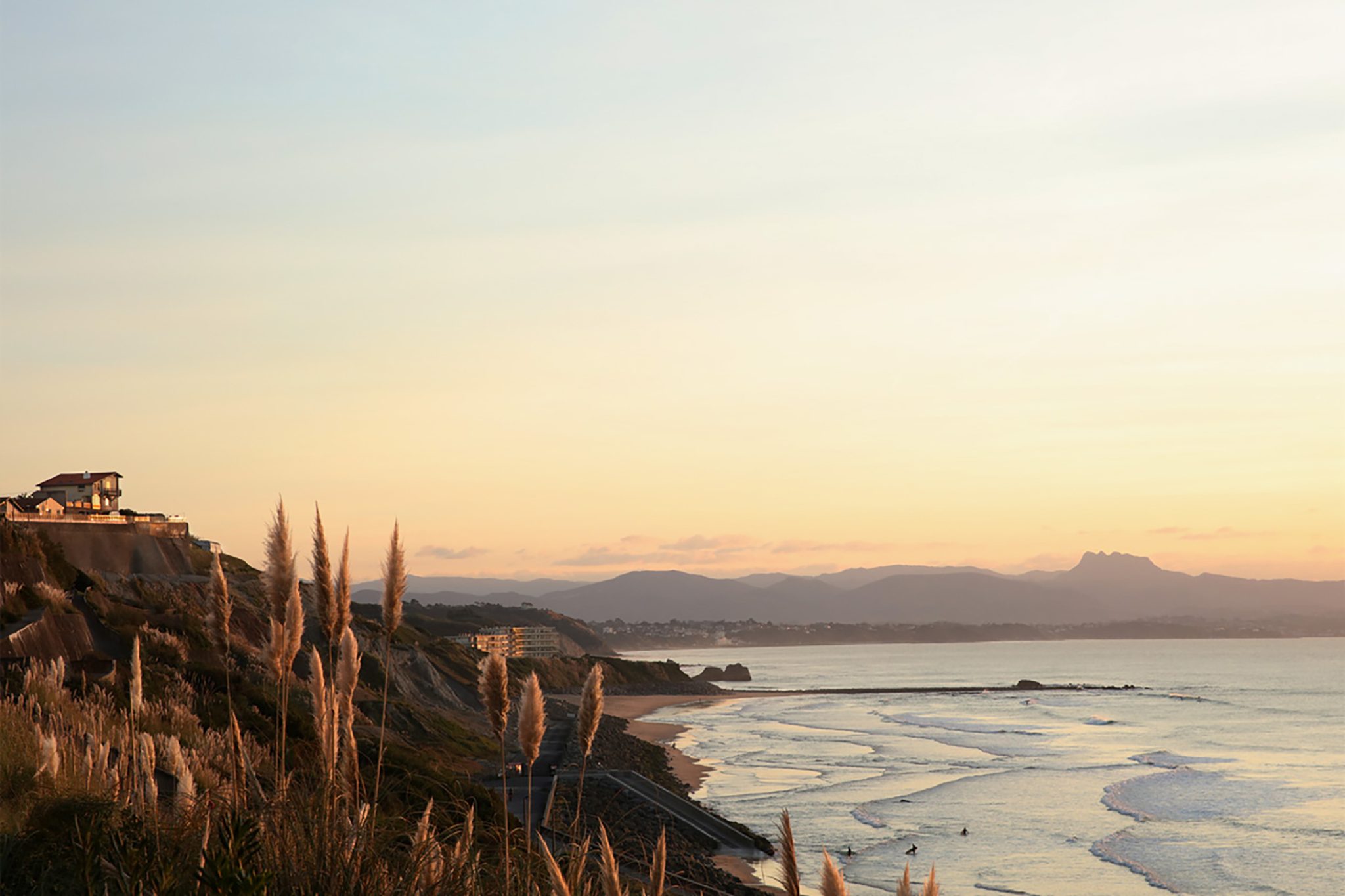
Roberto Badin
The fascinating aesthetic of everyday life
The summer is coming to an end, the evenings are getting colder and the town is getting emptier. It’s one of my last days here, and I want to spend it by doing what I have been doing every single day for the past weeks. That is, waking up by the sun hitting a corner of my bedroom, an alarm that does not miss. With my entangled bed-hair, I go down to the kitchen to prepare a coffee that I will enjoy in the same exact spot as yesterday, and the day before. Overlooking the port, I sip my hot coffee -even though it’s over 30 degrees- whilst I watch the families arriving to get on their boats, ready to explore the turquoise coast that is packed by overtourism.

Most of the families I observe are staying here a few days, and it might even be their first time visiting this island. For me, that is not the case. I have been spending my summers here since I was 6 months old, true to my family’s roots that are ingrained in this town that seems to be handcrafted. My morning coffee is followed by laying on the beach for hours. With a layer of dried-out salt that creates flakes and shapes on my slightly sunburned skin, I come back to the house to shower and go out to dinner as the light starts to say its goodbye, until it wakes me up again tomorrow and re-starts the day.
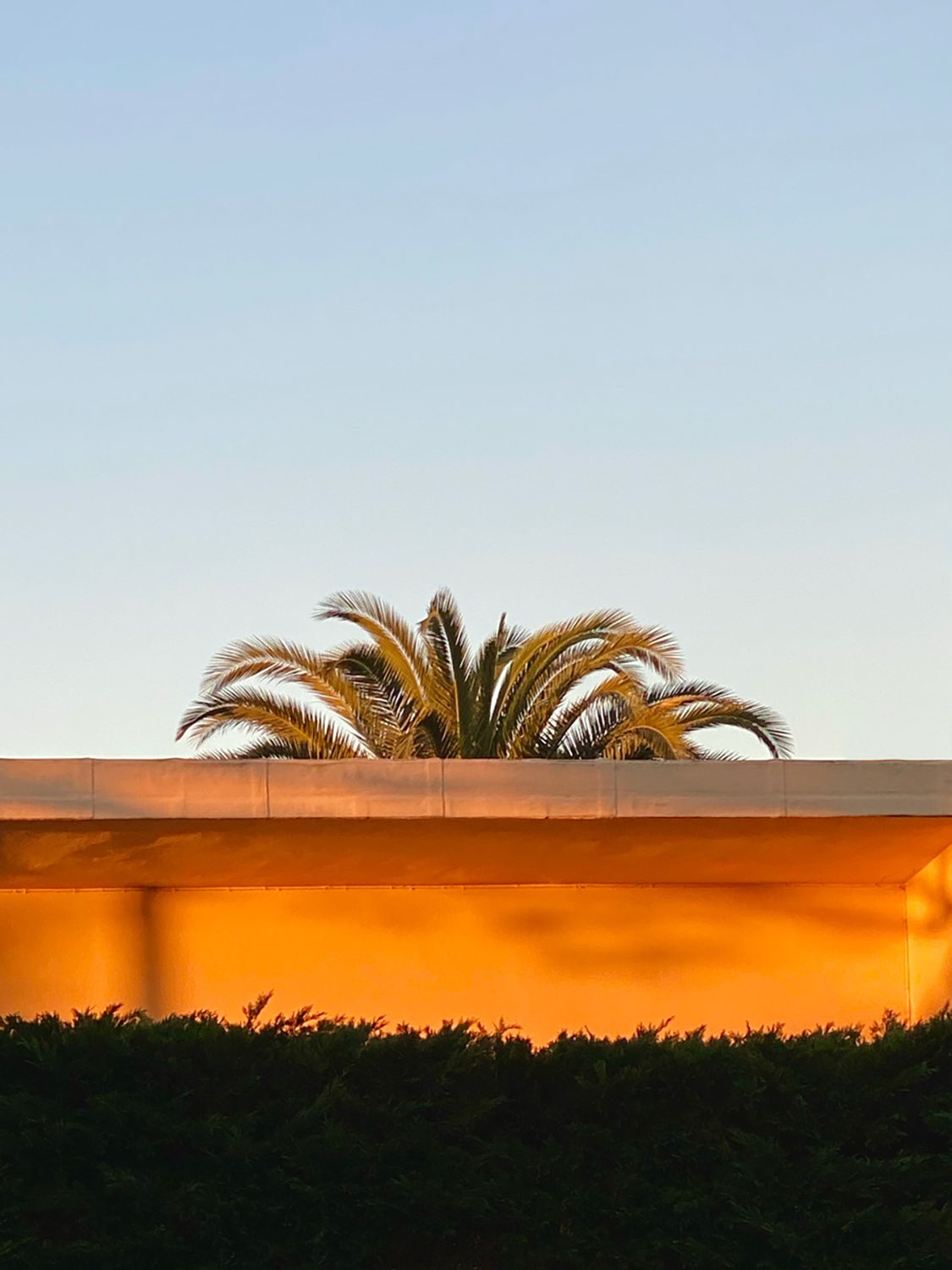
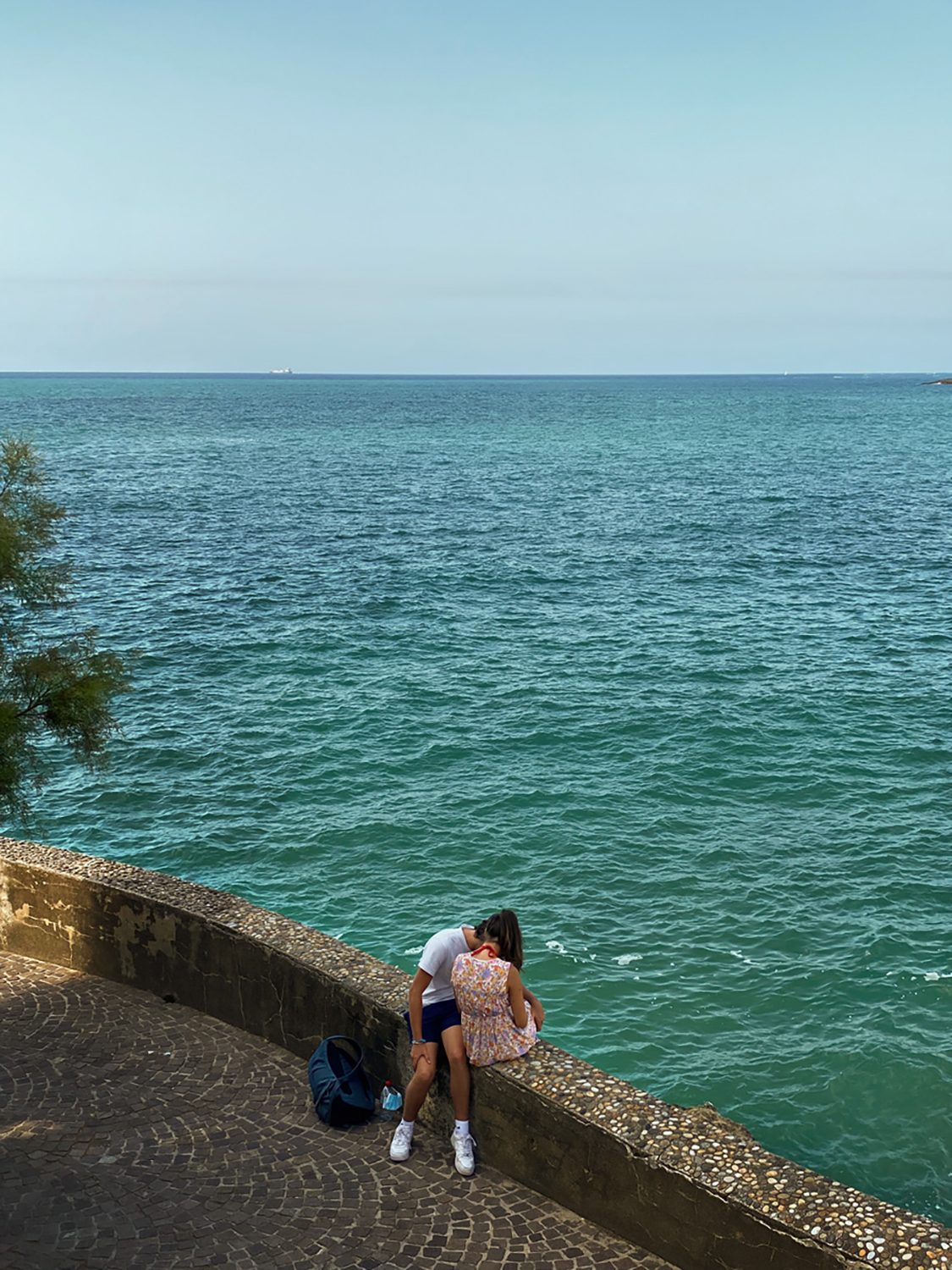
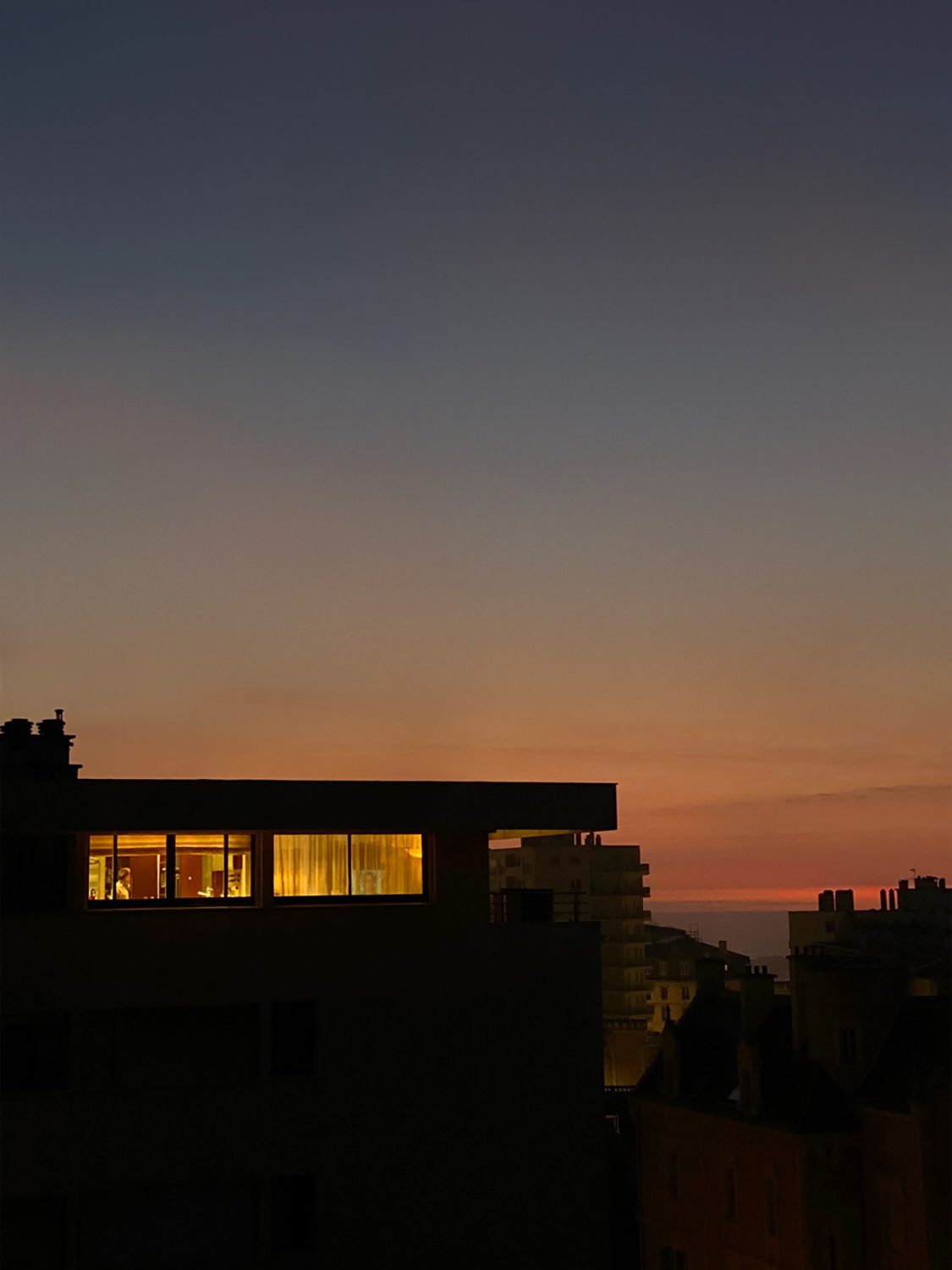
It’s the same routine that I have been following every day, on the same island, in the same house, with the same people. It is easy to get used to a view and to certain activities, even bored of them, when you watch them and do them every day. It becomes hard to find thrill, adrenaline, newness, or change when you are so accustomed to a place and a routine. You tend to forget to observe the details or appreciate the beauty in that location that is so familiar. You become one more piece of the machine that has been working automatically for months.
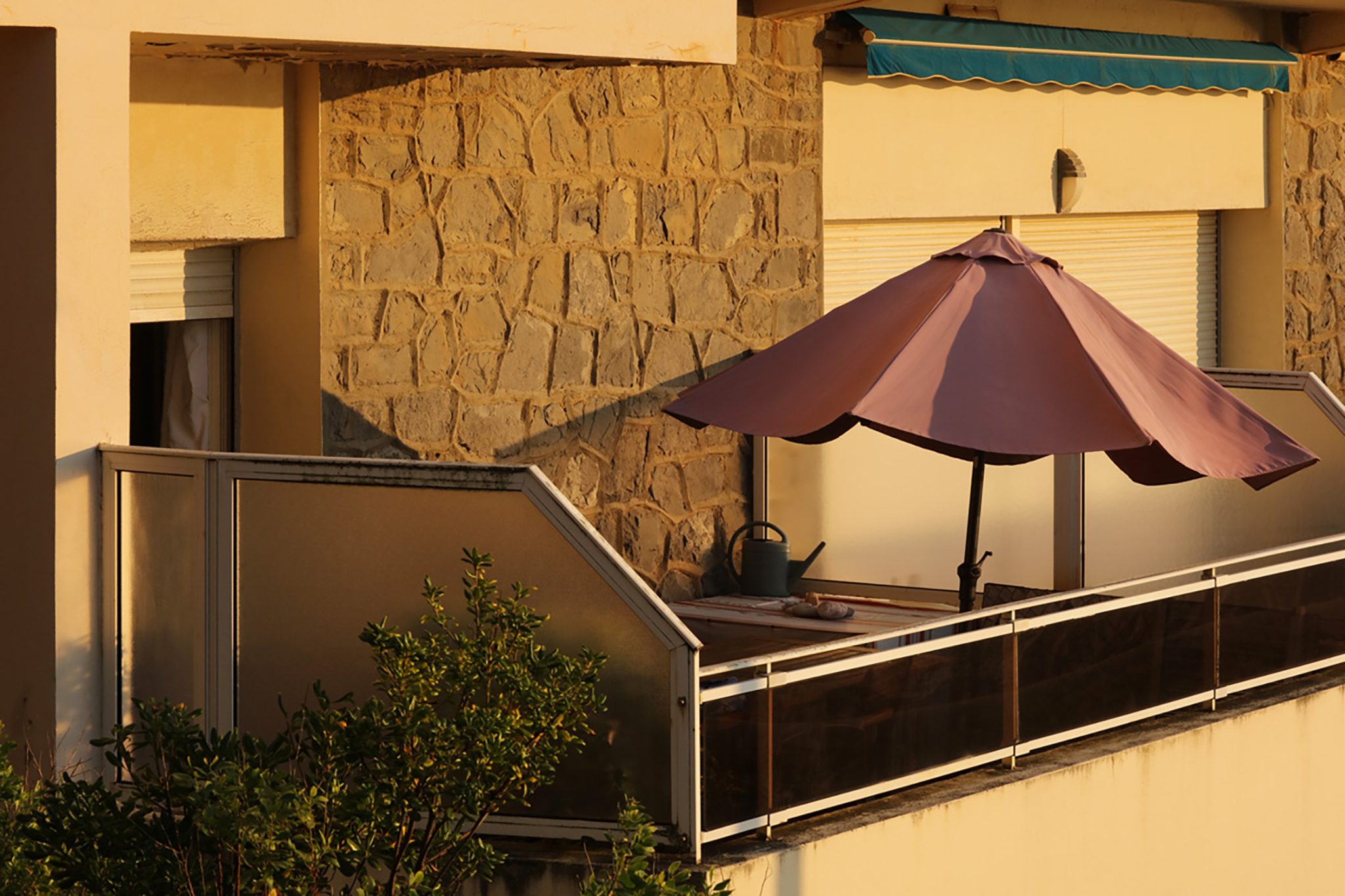
And this is exactly what Roberto Badin advocates for in his second book, Après L’été. In the 160 pages and 135 images that make up this book, the Brazilian photographer takes up on the challenge of capturing the fascinating aesthetic of everyday life. Inspired by the landscape of the Basque coast that has become his home, this book is the demonstration that one’s daily surroundings can always be rediscovered through one’s imagination and intuition. As the photographer puts it: “Après L’été is not a project about emptiness, but rather what is around it and within it”.
The title chosen by Roberto, which translates to “after the summer”, is the perfect description of that melancholic moment when you start to look back on the routine you have been doing for a long time in the same place, maybe because it’s ending or maybe because you finally step back and take moment to appreciate it. We are so absorbed by our daily reality that we often forget where we are or what we’re doing.
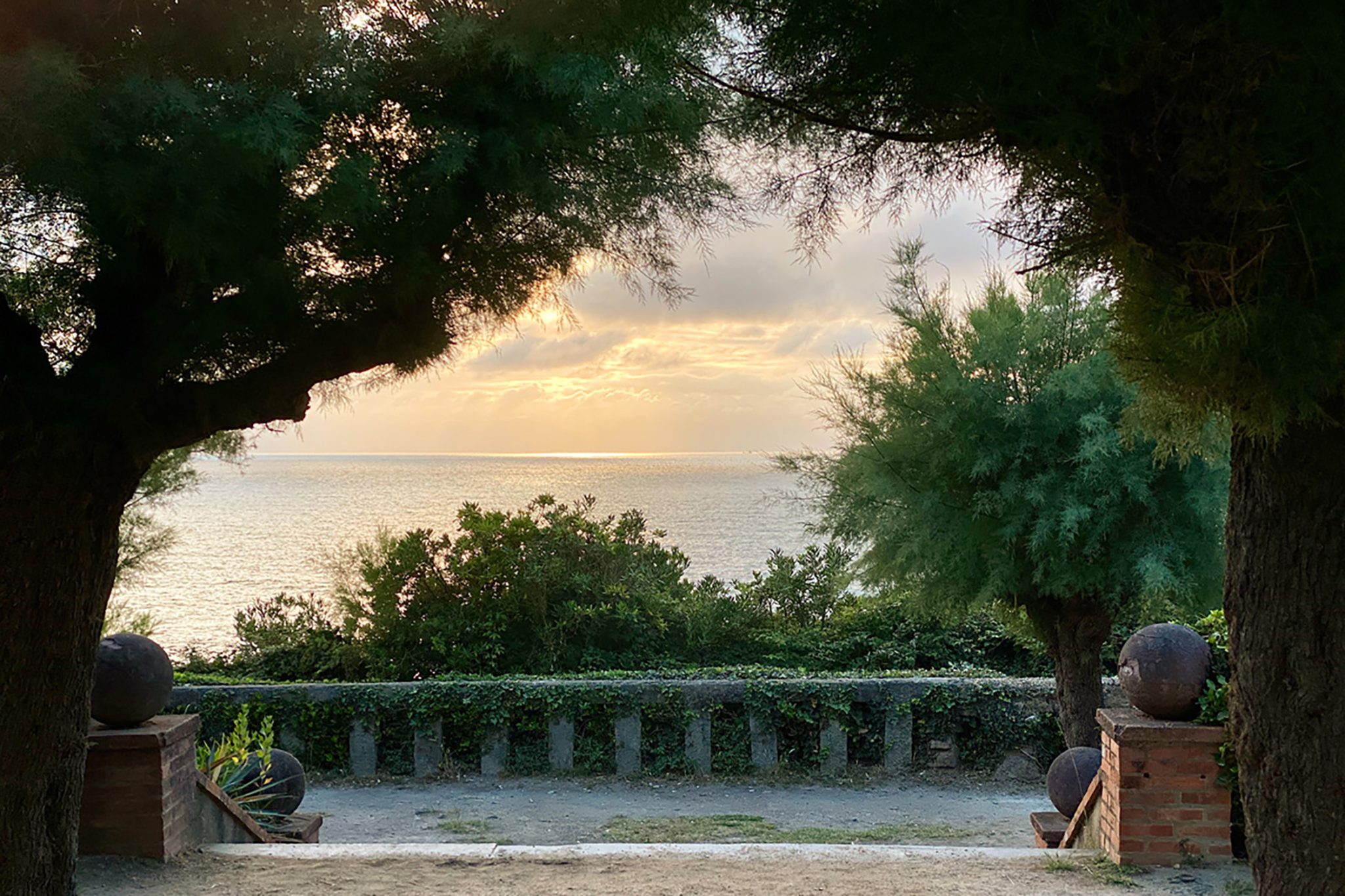
“After the summer” can be interpreted in many ways. In this sense, reminiscing about the first time Roberto arrived to the Basque Country, he talks about how impacted he was by the light that sheds on this territory, as well as by the different changes of atmosphere. In his opinion, these have all been proven to be stronger off-season. The glow becomes more vibrant after the summer, and the changes in the ambiance that it creates seem to be more intense, giving the title its utmost accuracy.
Born in Rio de Janeiro, Roberto put his hands on a camera when he was only 14, and it became his most loyal companion. Today, it still hasn’t left his side and doesn’t seem like it will for a long time. He started off as a fashion and reportage photographer in Paris, diving also into studio based still-life photography towards the end of the 90s. In this genre, he saw a dimension of photography that he had yet to explore: constructing each stage of an image.
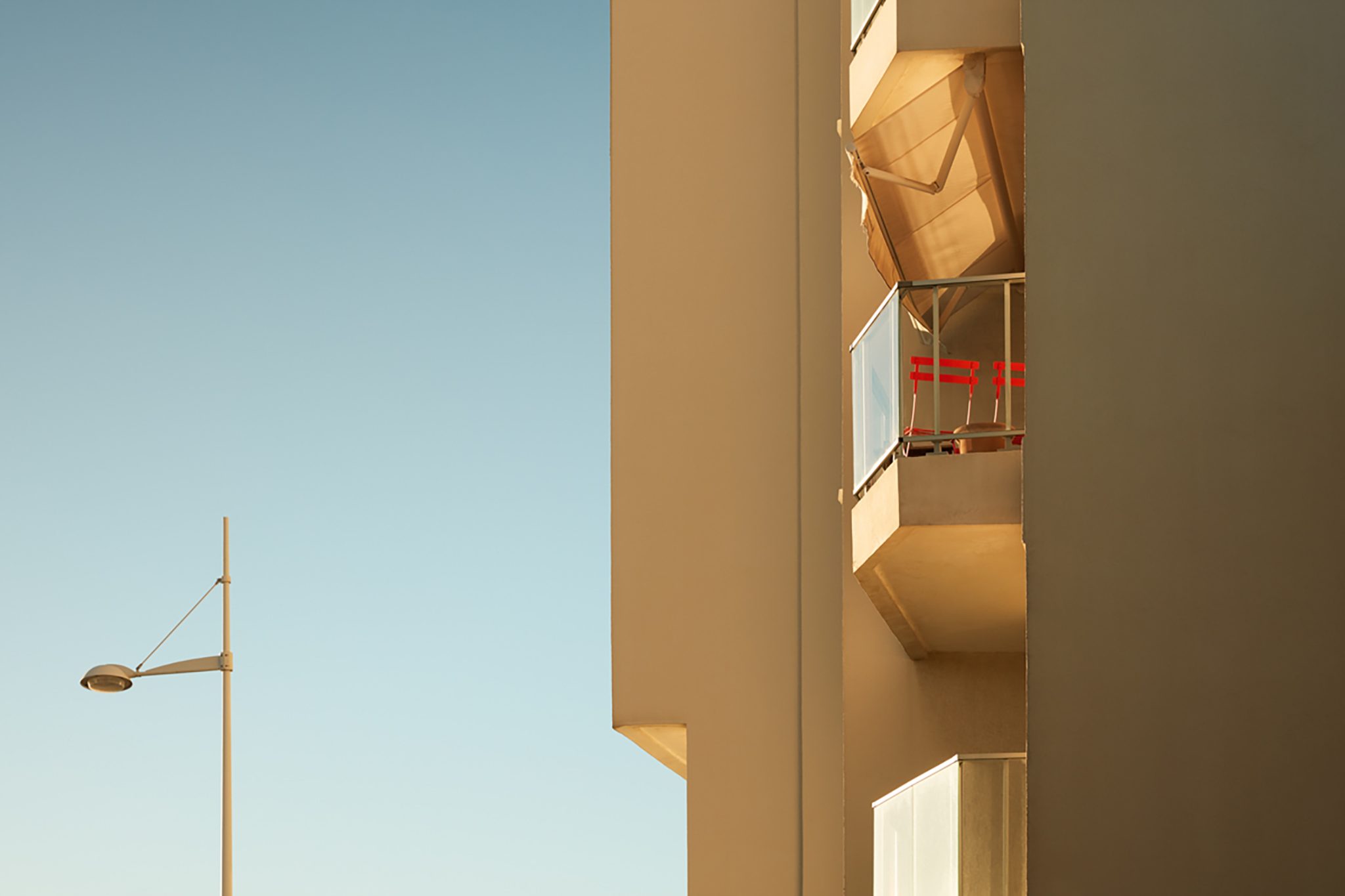
Having worked with some of the biggest brands on an international scale, such as Nespresso, Absolut and Prada, within many others, Roberto’s talent is definitely applicable to many categories and industries. As he describes it, he allows himself to constantly move from one universe to another, recently also investigating the world of directing, whether it is commercials or films. Undoubtedly, Roberto has a gift that he can translate to any genre, creating a portfolio filled with versatile work where every component that comprises it shares a common denominator: unconscious thoughtfulness.
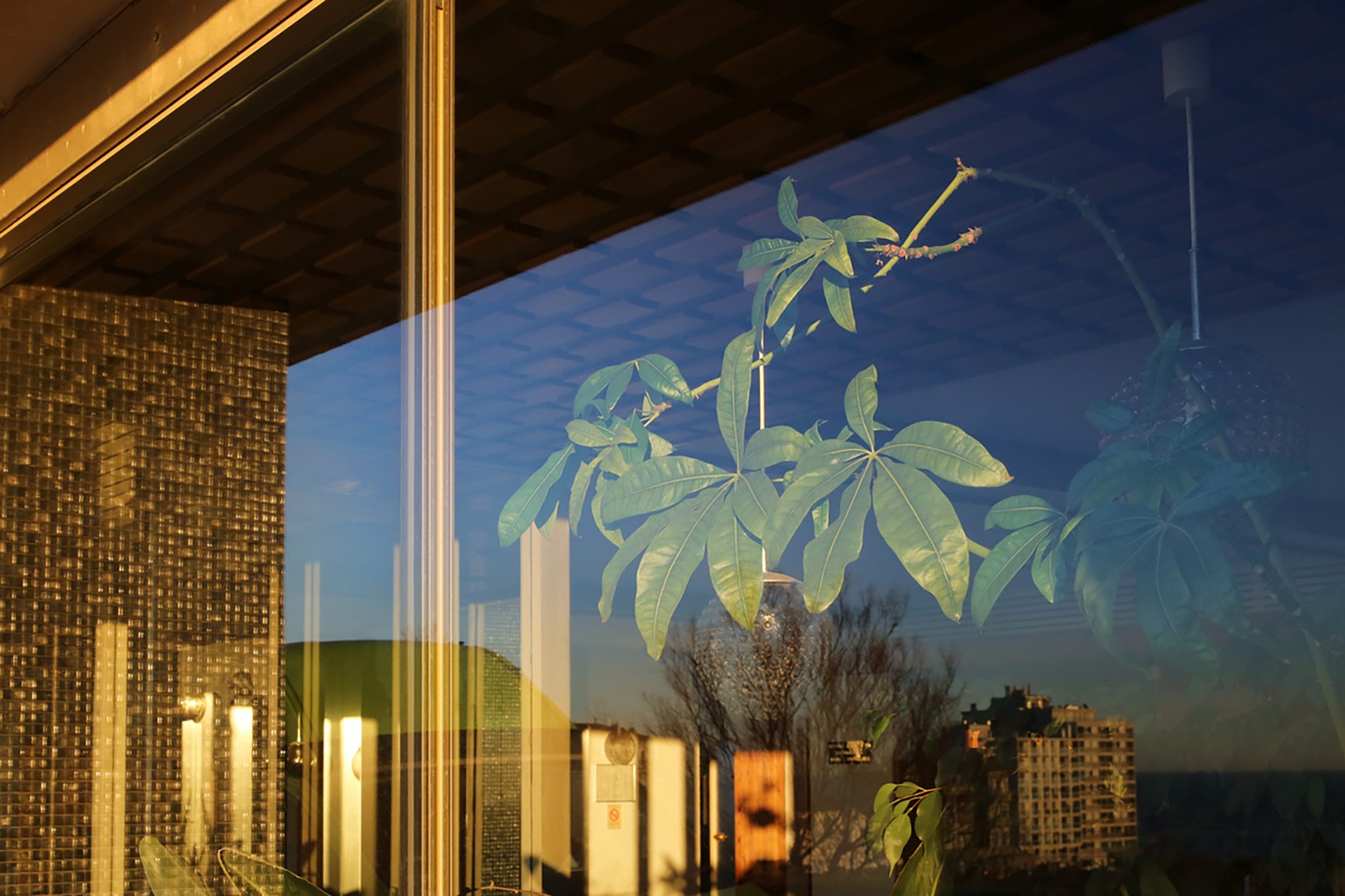
In other words, when observing the Brazilian’s work, every picture seems to be meticulously studied, as if he has built every element of the scene. However, even though his expert eye analyzes the framing, the images he creates are a result of a natural and spontaneous moment. He lets himself be guided by his intuition, capturing each instant when his nature tells him to do so. Behind this process, he has a simple motivation: to reveal the secret beauty of everyday banality. By looking at a certain view with different perspectives, and by letting emotions become a character of the scene, a specific moment can be observed from interminable perspectives.
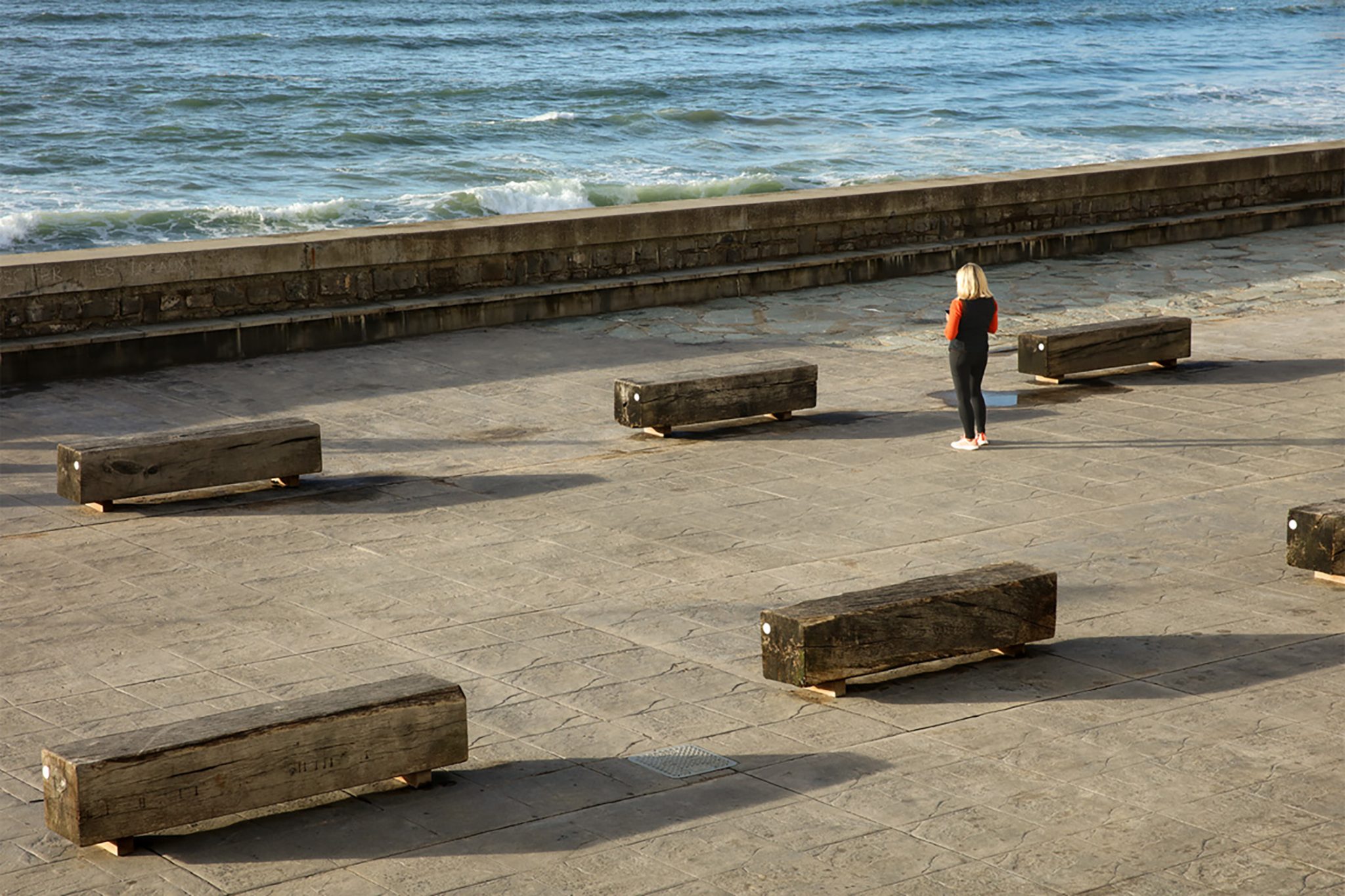
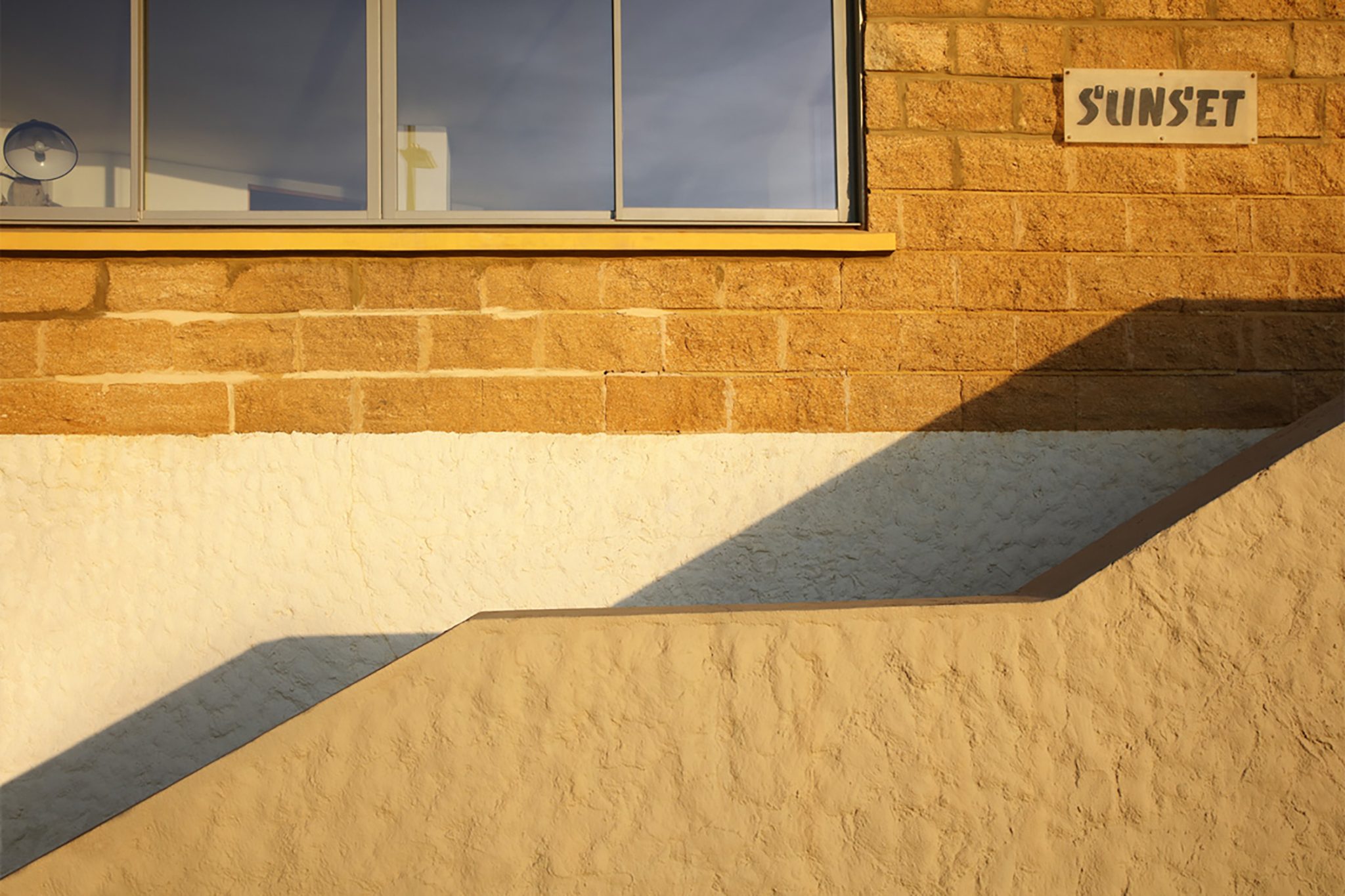
Après L’été, which was launched at Yvon Lambert in Paris last march, isn’t Roberto’s first personal book. In 2018 he published Inside Japan, his personal presentation letter to the world where he cancels all preconceived ideas about Japanese cities. When reflecting on his first book, Roberto says that this second one was much harder to work on: “unlike a trip where you arrive at the destination with a blank gaze, walking the streets of a familiar environment becomes a challenge”. A challenge that he solved by using light and emotions as a method to extract the identity of a specific space, always questioning the habitual. In his new book, that includes a text by Ana Cardinale, Roberto Badin goes beyond constituting a simple testimony, but more like the eyes that decipher the place and varnish it, unveiling the magic that lies under the familiar.








